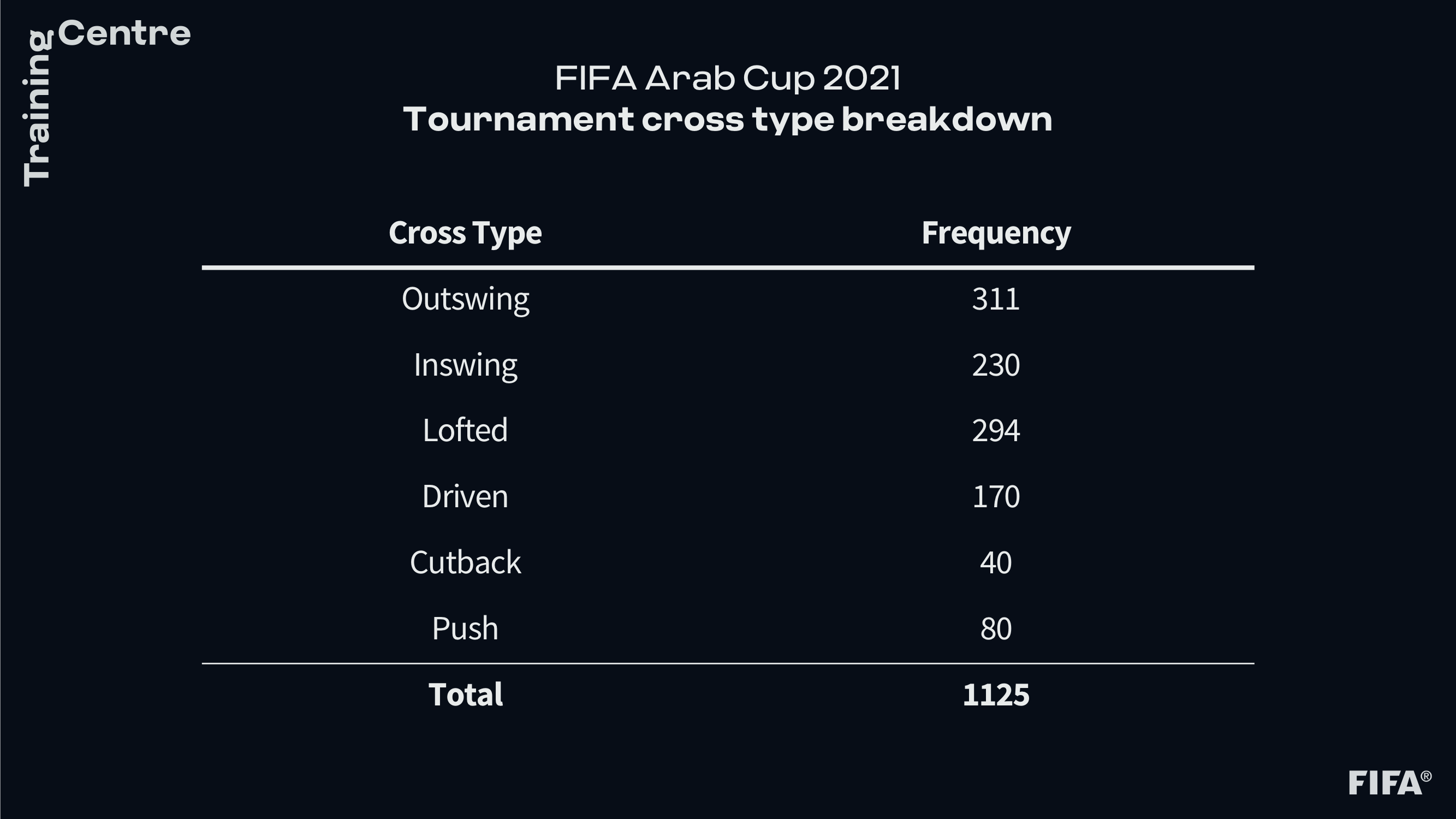Our GTSG considered goalkeepers’ positioning when their team did not have the ball and the bravery required to take a positive first step so the goalkeeper can be in a more aggressive position to defend crosses and through-balls.
Our experts also considered the "risk vs reward" theory in relation to the goalkeeper’s interaction with the rest of the team and their distance from their deepest defensive line in various out of possession game states.
Goalkeepers positioning
The goalkeepers from Palestine, Sudan, Saudi Arabia, the UAE and Qatar maintained the shortest distances from their defensive lines out of possession. On the other hand, the Sudan and UAE goalkeepers held the highest average positions out of possession, with Morocco also in the top five.
During the tournament, goalkeepers demonstrated various positioning preferences in relation to the distances they maintained from their defensive line. Adopting a higher position out of possession involves an element of risk, but it can be rewarded with key interceptions and the ability to transition to build-up quickly.
According to our Football Performance Analysis and Insights team, "In Sudan’s case, [Ali] Aboeshren appears to be aggressive in his positioning, both in and out of possession."
In addition, the relationship between Aboeshren and his defensive line appears close knit, if it is measured purely based on the distances between them.
While this has its benefits (shorter distances to support his defenders), it can become problematic when the highest unit is not exerting direct pressure on the ball. This can lead to vulnerability in the spaces in behind the defensive unit when playing a high line.
In contrast, the adidas Golden Glove winner, Algeria’s Raïs M’Bolhi, was consistently among the goalkeepers who maintained a deeper position with respect to the defensive line in all game states.
While this exposes the goalkeeper to less risk of being exposed against attackers, it places more responsibilities on his defenders.
Dealing with crosses & lofted passes
The goalkeeper’s starting position from crosses in relation to their defensive line carries huge significance in several game states when a team are out of possession.
Crosses from deep positions, cutbacks from the byline, lofted passes and deliveries from corners and set pieces must all be considered individually, and goalkeepers are often required to be brave in order to command their box, especially when taking opposition traffic into account.
However, aggressive and brave starting points can lead to a compromised position if the initial ball is not claimed or cleared, so goalkeepers’ starting positions, first steps, timing and subsequent ability to get into set positions are key factors they must consider as part of their decision-making.
Types of crosses
During the tournament, there were a total of 1,125 crosses delivered. By breaking down these crosses into their specific cross types we can identify the contrasting demands that different deliveries place on the goalkeeper.

Defending the cutback cross
When it comes to dealing with the cutback cross from the inside lanes, the starting position of the goalkeeper changes from the one they would adopt from lofted passes or crosses that come in from the outside crossing zone. Traditionally, the goalkeeper would be positioned within touching range of their near post, however, when dealing with cutbacks, some space is now conceded in this area in order to allow for a fast adjustment to defend the goal from a central position.
Defending crosses from the outside lanes
When dealing with crosses from the outside lanes goalkeeper’s positioning differs. Do they adopt a central position enabling an aggressive attempt to claim the ball or if the ball is delivered out of the goalkeeper’s range can they quickly adjust to a set position to deal with a shooting action?
The positioning of the goalkeeper is also relative to the positioning of his defenders. Good defensive presence at the near post can facilitate a more central starting point for the goalkeeper, however a vacant near post area would require a more aggressive starting position, relying on defenders to cover the central and back post areas.
Therefore, the positioning of goalkeepers when dealing with crosses must be trained with defenders.





















